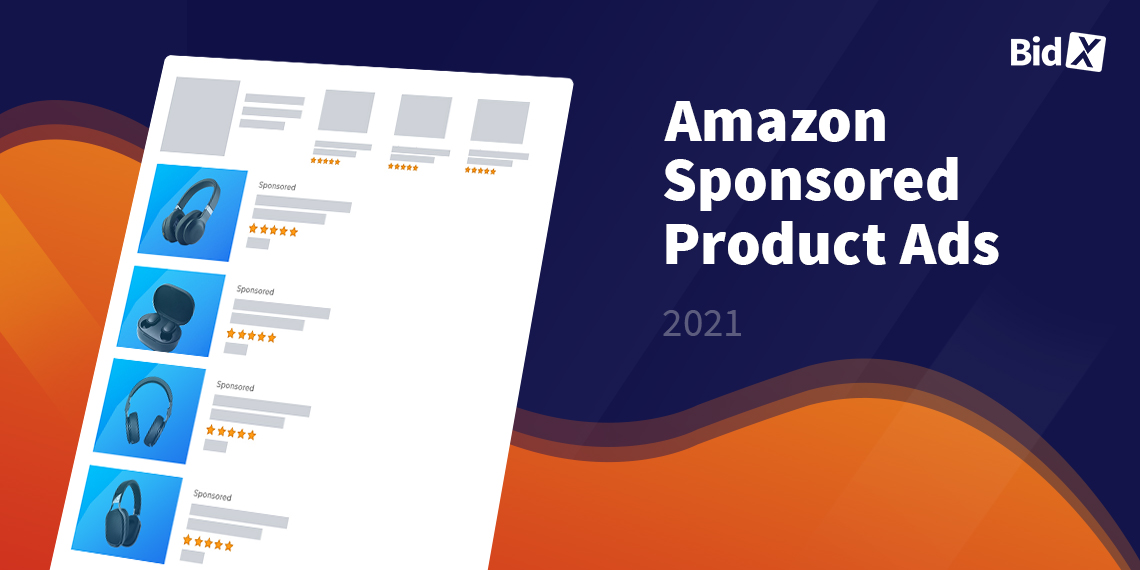What Is a Good ACOS?
Often, the question arises: "What is a good ACOS?" This article will not only explain what an ACOS is but also why it's essential to have a good ACOS. However, before diving into the details, let's start with the basics.
What Does ACOS Mean?
The abbreviation ACOS (Advertising Cost of Sale) can be translated into German as "Werbekosten pro Verkauf" or "Advertising Costs per Sale." For sellers and vendors, Amazon ACOS is the key metric to measure the profitability of advertising campaigns because it represents the ratio of advertising costs to the revenues generated by these campaigns. It is calculated as follows:
ACOS = Advertising Costs / Revenue from Advertising
Advertising costs represent the amount spent on Amazon PPC campaigns.
Here's an example of how to calculate the ACOS for an advertiser on Amazon:
Let's say a merchant generates €200 in revenue through their advertising campaigns over a 5-day period and has spent €50 on these campaigns. In this case, the ACOS is calculated as 50/200 = 0.25 = 25%.
This means the merchant has to spend €0.25 to earn €1 in revenue from the advertising campaign.
The ACOS can be calculated for individual campaigns, ad groups, keywords, or for all campaigns combined. It's crucial to specify which ACOS is being discussed in the advertising analysis.
Why is the ACOS so important?
ACOS is the most important metric for measuring the profitability of Amazon PPC advertising. But how does a seller know if their ACOS is good or bad? There's no one-size-fits-all answer to this question because what's considered a good or bad ACOS can vary from one seller to another.
Sellers must first understand the difference between Break-Even ACOS and Target ACOS. The Break-Even ACOS is the value at which costs and revenue break even, resulting in neither profit nor loss. For instance, if a seller's profit margin for Product X is 21% after deducting all costs, then an ACOS of 21% for that product means the seller is not making a profit, but they're not incurring a loss either. The goal is to have the ACOS below the Break-Even ACOS of 21%.

Gross vs. Net Values in Calculating Break-Even ACOS
When calculating the Break-Even ACOS, it's essential to note that Amazon relates net costs to gross revenue in ACOS calculations. So, when an ACOS value is displayed in Seller Central, it's based on the following calculation:
ACOS = Net Advertising Costs / Generated Gross Revenue from Advertising
Using this formula as the basis for Break-Even ACOS yields a slightly lower value compared to calculations based solely on net values. The following example illustrates this:
Let's assume the merchant from the previous example sells a product with a gross selling price of €30 and a net profit margin of 21%. The profit margin is thus €6.30.
Profit Margin = Net Profit / Gross Selling Price = €6.30 / €30 = 21%
The percentage of net profit, 21%, would be equivalent to the Break-Even ACOS. However, the actual Break-Even ACOS is higher when calculated using the net selling price, as shown in the following calculation:
Net Profit Margin = Net Profit / Net Selling Price = €6.30 / €25.21 = 25%
In conclusion, it's important to be aware of both values and to note that the ACOS displayed in Seller Central is based on gross selling prices.
What Is a Good ACOS Value?
A good ACOS value can vary significantly and depends on various factors. Sellers must first understand the difference between Break-Even ACOS and Target ACOS. The Break-Even ACOS is the value at which costs and revenue balance, resulting in neither profit nor loss. For instance, if a seller's profit margin for Product X is 21% after deducting all costs, then an ACOS of 21% for that product means the seller is not making a profit, but they're not incurring a loss either. The goal is to have the ACOS below the Break-Even ACOS of 21%.
ACOS Optimization and Strategies
Regularly analyzing and adjusting bids is crucial for ACOS optimization. Our tool enables controlled and straightforward ACOS optimization through automated adjustments. In the first step, you can determine a target ACOS and then choose from three strategy proposals based on which bid adjustments will be made to reach your selected target ACOS. No rules need to be created. The three strategies are Break-Even, Profitable, and Boost, and they are calculated as follows:
- Break-Even: Target ACOS = Profit Percentage
- Profitable: Target ACOS = 0.75 x Profit Percentage
- Boost: Target ACOS = 2 x Profit Percentage
For the calculation of Break-Even ACOS, net profit and selling price are used, as described above. This means BidX calculates with the "correct" values right from the start. However, a campaign can only become profitable if the target ACOS is lower than the Break-Even ACOS. Therefore, the calculation method for the Profitable strategy is: Target ACOS = 0.75 x Profit Percentage. On the other hand, the Boost strategy is the exact opposite of the profitable strategy and can be useful, for example, during a product launch. Over a certain period, advertising is boosted, causing the ACOS to rise briefly.
You can also create custom rules per ad group to achieve your target ACOS. If the target ACOS is exceeded, the tool's automation takes over, and the ACOS is reduced by adjusting bids and keywords according to the pre-defined value. An example rule could look like this:
- If ACOS is greater than 30%
- After 15 clicks
- Then reduce the bid by 20%
The result is communicated to Amazon through an interface, and in our example, the bid is reduced by 20%. This represents significant time savings for sellers and vendors, especially when managing a large number of products, making it highly advantageous for ACOS optimization.
Conclusion
ACOS is the central metric for measuring the profitability of a seller's advertising campaigns, and careful calculation contributes to control and the overall economic performance of a business. Assessing an ACOS value is not a one-size-fits-all approach as it depends on the Break-Even ACOS. Therefore, the profit margin of the product must be calculated first. Additionally, the target ACOS for advertising costs should be based on net values for proper comparability.





